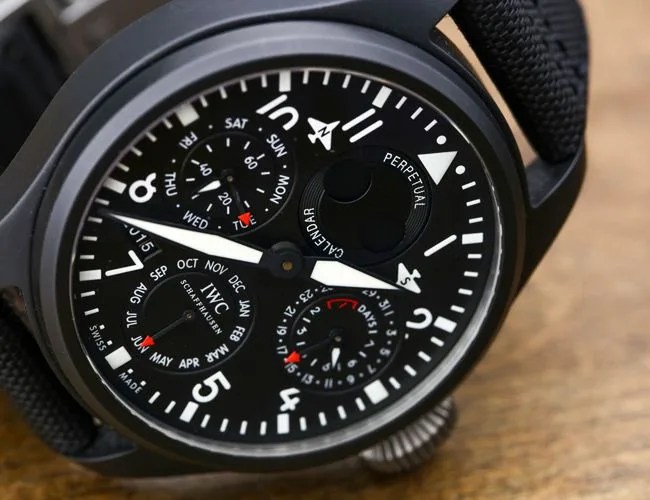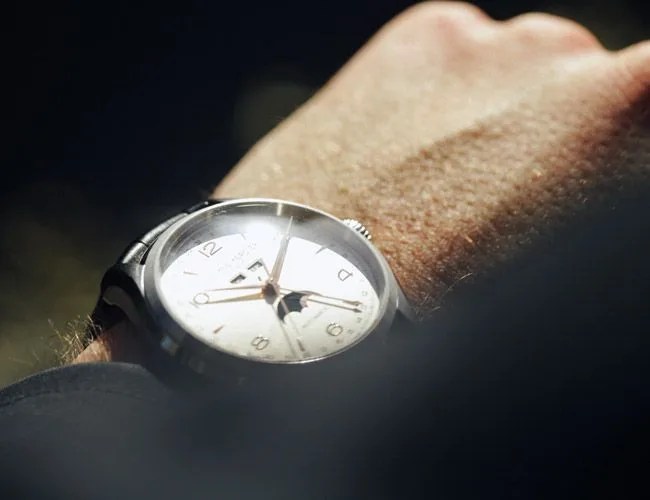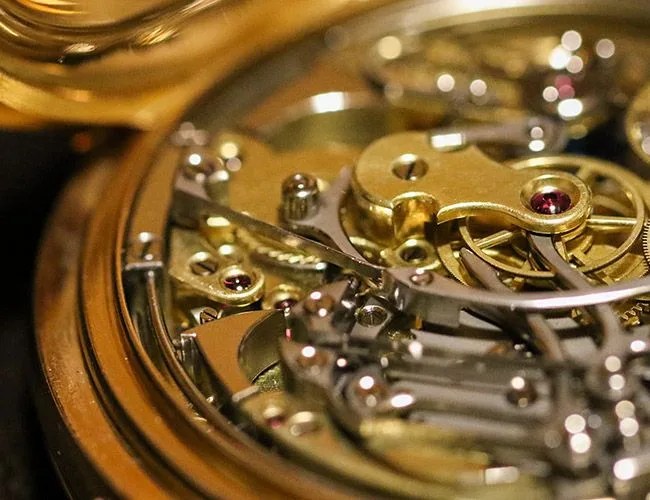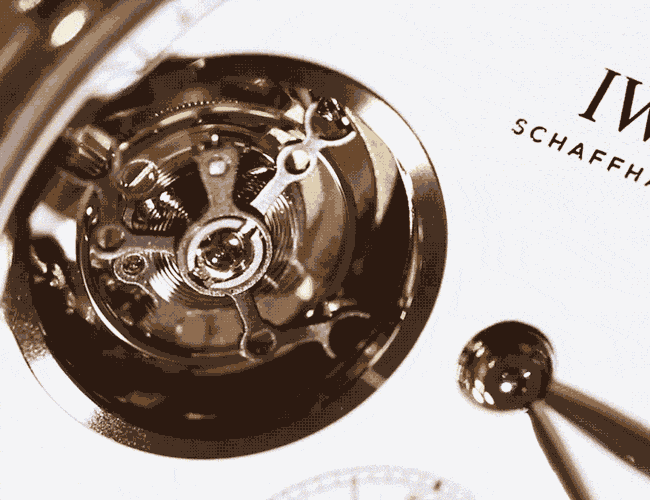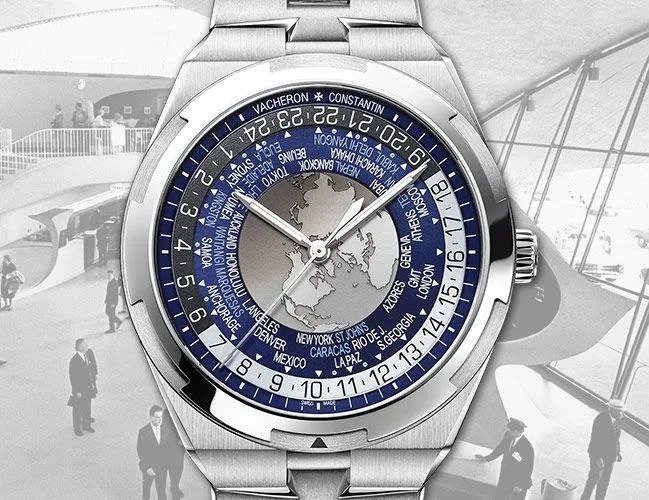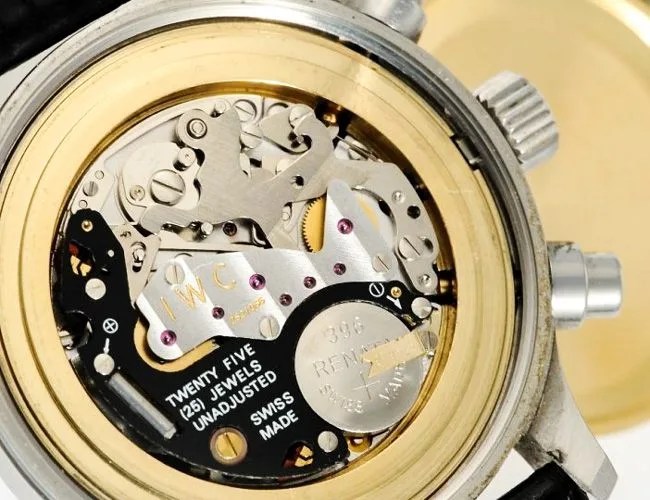A mechanical watch movement, with its dozens and dozens of moving parts, is an inherently complex thing. You add on top of that the various functions beyond the time — a calendar, a chronograph, a moonphase, etc. — and it’s easy see why they’re called “complications.” Even to a lot of dedicated watch guys it can be confusing to understand how they all function. But over the last couple years we’ve done our research on various types of watch movements. From the ingenious mechanical-quartz chronograph to the intricate, haute horlogerie darling tourbillon, here’s what you need to know.
The Chronograph
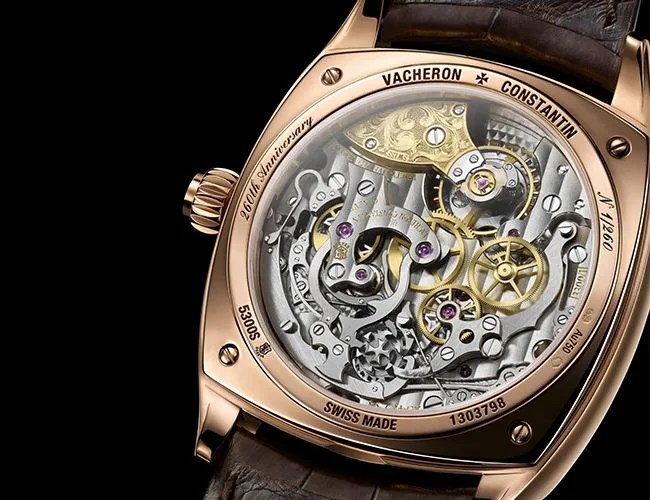 Henry Phillips
Henry PhillipsWhile most of us won’t time anything beyond a boring meeting or boiling eggs, a chronograph is all about readiness, potential and the human interaction with a micro-engineering marvel — not to mention the rare opportunity to stop time.
The GMT
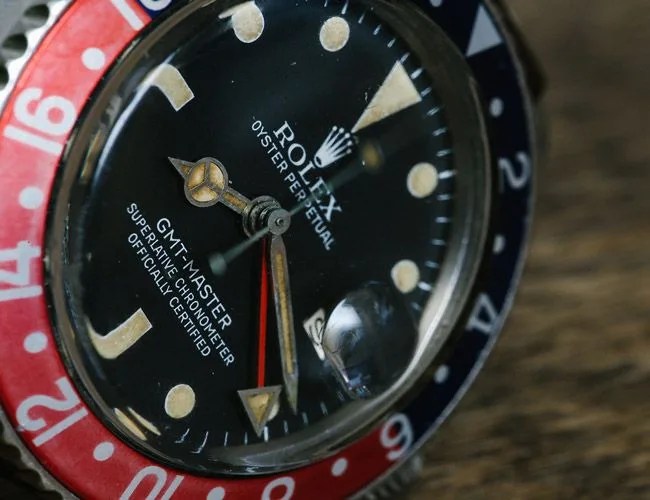
The GMT watch is brilliant not because of its complexity but because of its simple ingenuity. We’ve picked five of the best, and all of them are ready to hit the ground running.

